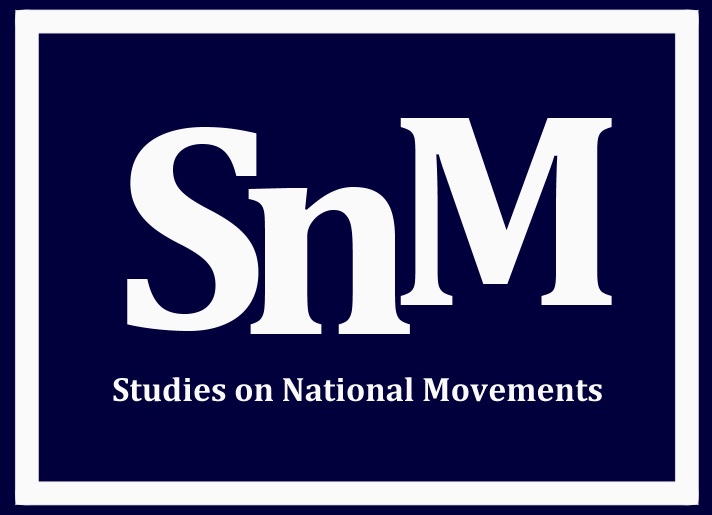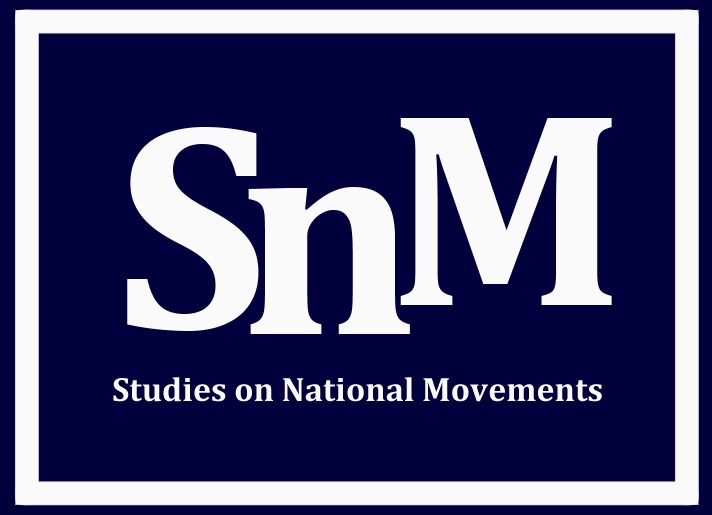Abstract
This article explores the uses made of comparison in transcending the alleged invisibility of minorities. Beginning with the suggestive fact that African-American Ralph Ellison began conceiving of his seminal novel Invisible Man while a merchant marine stationed in wartime Swansea, South Wales, the article proceeds to explore the ways in which Welsh nationalist authors and thinkers have compared their plight to that of others. Emrys ap Iwan was one of the first to describe the Welsh experience in broadly colonial terms, and to lampoon English monolingualism in the mirror of European multilingualism. Saunders Lewis developed ap Iwans thinking by emphasising the ways in which Wales had been cut off form its natural home in Europe by the development of the imperial British state. If some writers turned to Europe, others turned to the United Staes for comparative sources. Jon Dressels problematic comparison of Wales with the Southern States is discussed as an example of the dangerous implications of some comparisons. The article seeks to demonstrate that national visibility and invisibility can only emerge in relation to one another. Recognition - that is recognising the Other and being recognised by an other - is where nationalism finds its cultural embodiment and expression.
Keywords: minorities, invisibility, Wales, Welsh nationalism
How to Cite:
Williams, D. G., (2014) “Beyond invisibility. Uses of comparison in Welsh cultural nationalism”, Studies on National Movements 2(1), 22. doi: https://doi.org/10.21825/snm.85405
Downloads:
Download PDF
View PDF
218 Views
53 Downloads

